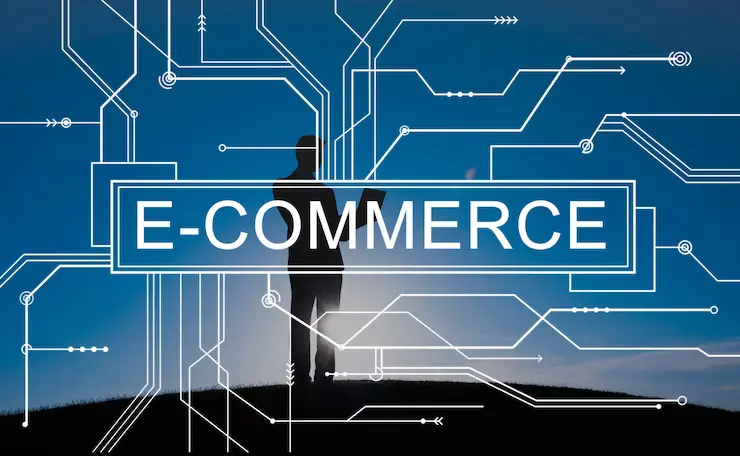You might be hearing a lot about the buzz of headless commerce in the e-commerce world. Ecommerce trends have been rapidly changing around the world, especially after COVID-19. It has emerged as a smart way of doing online business in this fast-paced industry, and many such businesses are embracing it.
But nothing is all fun and games, and everything has a downside. In this blog, we will look at the real benefits of headless commerce and how it differs from traditional e-commerce. So let’s explore this amazing concept and find out if it suits every business or not.
What Is Headless Commerce?
Headless commerce is an e-commerce architecture in which the front-end presentation layer, which controls the user interface and the customer experience, is separated from the back-end commerce functions. This strategy gives The content and data via APIs (Application Programming Interfaces), giving businesses greater freedom and agility in designing and delivering their online shopping experiences.
This separation allows them to use various technologies and channels, including mobile apps, voice assistants, and IoT devices, while maintaining a seamless connection with the underlying commerce platform. Headless ecommerce, in essence, enables firms to construct highly customized and engaging digital storefronts while keeping robust commerce capabilities.

How Do Businesses Operate in Headless Commerce?
Imagine a traditional shopping experience where the products are neatly arranged on the shelves, but instead of a regular storefront, there’s a magical invisible force that handles everything. That’s headless commerce in a nutshell! It’s an innovative approach to online shopping where the front-end, which you interact with as a customer, is decoupled from the back end, the behind-the-scenes engine that powers the website.
This separation allows businesses to get creative with their user interfaces, try new technologies, and deliver a seamless shopping experience across various devices and touchpoints. It’s like giving a makeover to the online shopping world, making it more flexible, dynamic, and exciting!
Types of Architecture of Headless Commerce

There are three main types of architecture in headless commerce that we will be discussing thoroughly. These architectures are used to create the front end and back end of an online store:
API-Driven Ecommerce Platform
The entire commerce platform is developed as a set of APIs (Application Programming Interfaces) under this architecture. These APIs allow the front end, which is driven by a distinct system, to interface with the back-end commerce platform. This gives businesses complete control over the consumer experience while harnessing the platform’s commerce capabilities. It offers scalability and versatility, allowing businesses to integrate with various front-end channels and technologies.
API-Driven CMS Platform
A platform for API-Driven Content Management Systems (CMS) focused on content management and distribution. It enables enterprises to develop, manage, and deliver content without using commerce capability. The CMS platform includes APIs that allow the front end to retrieve and display material such as product descriptions, photos, blog posts, or promotional banners on the customer-facing interfaces. Businesses can deliver rich, dynamic content experiences across several channels thanks to the separation of content and commerce.
Microservices
Microservices design divides the e-commerce system into discrete, autonomous services that handle specialized functions. Each microservice is responsible for a specific job, such as inventory management, payment processing, order administration, or product catalog management. These microservices connect with one another via APIs, allowing enterprises to build, launch, and grow each service independently. Headless commerce with microservices offers better system flexibility, adaptability, and faster system maintenance and updates.
Difference Between Headless Commerce and Traditional Ecommerce
Headless commerce and regular e-commerce are primarily differentiated by their architectural approach and adaptability. Traditional e-commerce employs a tightly connected design in which the front-end and back-end are seamlessly integrated into a single system. This connection may restrict customization choices and make adapting to new technologies or developing distinctive user experiences difficult.
On the other hand, Headless Commerce uses a decoupled design that separates the front-end and back-end components. This decoupling enables businesses to create and deploy the front end separately, employing various technologies and interfaces, while the back end handles fundamental commerce tasks.
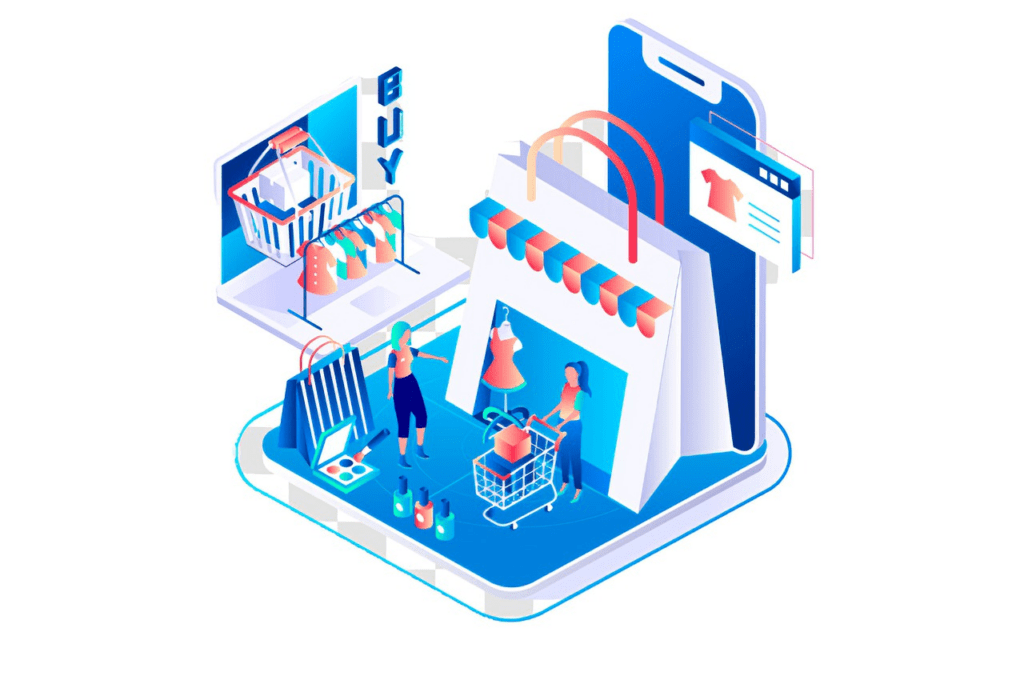
Headless commerce enables businesses to develop personalized customer experiences and easily grow their presence across numerous channels, such as mobile applications, voice assistants, or IoT devices, by providing increased flexibility, scalability, and customization possibilities. It also allows for shorter development cycles, simpler interfaces with third-party systems, and the opportunity to test new technologies in response to changing client demands. Traditional e-commerce, while still useful for many firms, may struggle to match the agility and adaptability provided by headless ecommerce.
What Are the Benefits of Headless Commerce?

Here are some of the main benefits of headless ecommerce that can help businesses create a better user experience:
- Greater Customization
- Design Flexibility
- Faster Loading Times
- More Scalable
- Faster Page Loading Times
1- Greater Customization
Businesses can have complete control over the front-end user experience with headless commerce. Businesses can customize the user interface, design, and layout based on their brand and customer preferences by separating the front-end and back-end. Businesses may develop unique and personalized experiences that correspond with their brand identity and fulfill the specific demands of their target audience with this level of personalization.
2- Design Flexibility
It also gives enterprises design freedom by letting them use the most recent front-end technologies and frameworks. Businesses with the freedom to select the best tools and technology may develop visually appealing and engaging user experiences. Designers and developers now have more leeway to experiment with novel layouts, interactive elements, and responsive designs that improve the overall user experience.
3- Faster Loading Times
It removes the need to load unnecessary code or content by detaching the front end from the back end. This simplified method results in faster user interface loading times. Users can swiftly access the website or application, lowering bounce rates and enhancing the overall user experience. Faster loading speeds also help with search engine optimization (SEO) and can increase conversion rates.
4- More Scalable
Scalability benefits from headless ecommerce because businesses may scale and evolve each component separately. Additional front-end interfaces or channels can be introduced as the business grows without interfering with back-end commerce operations. Similarly, the backend can be scaled or adjusted to accommodate growing traffic, orders, or sophisticated business requirements. This modular scalability enables enterprises to modify and develop their e-commerce operations efficiently.
5- Faster Page Loading Times
Businesses can use headless ecommerce to improve page loading times by utilizing strategies such as pre-rendering and caching. The front end can swiftly retrieve and show the essential information by pre-generating and caching material on the server, resulting in speedier page loading times. This improved performance provides customers a more fluid and seamless browsing experience, decreasing frustration and increasing customer satisfaction.
Best Platforms for Headless Commerce
Think about starting on a headless commerce adventure without the proper platform—it’s like sailing without a compass! Choosing the ideal platforms for going headless is critical to ensure smooth sailing in the broad digital commerce ocean. Let’s take a look at a few important platforms:

- Adobe Commerce
- Shopify Plus
- Spree
- Big Commerce
- Oro
Adobe Commerce
Adobe Commerce includes plenty of capabilities and integrations. This platform, formerly known as Magento, is well-known for its adaptability and wide customization options. It has robust APIs that enable smooth integration with front-end systems. Its broad commerce functionalities enable you to create amazing shopping experiences and are the treasure map to success.
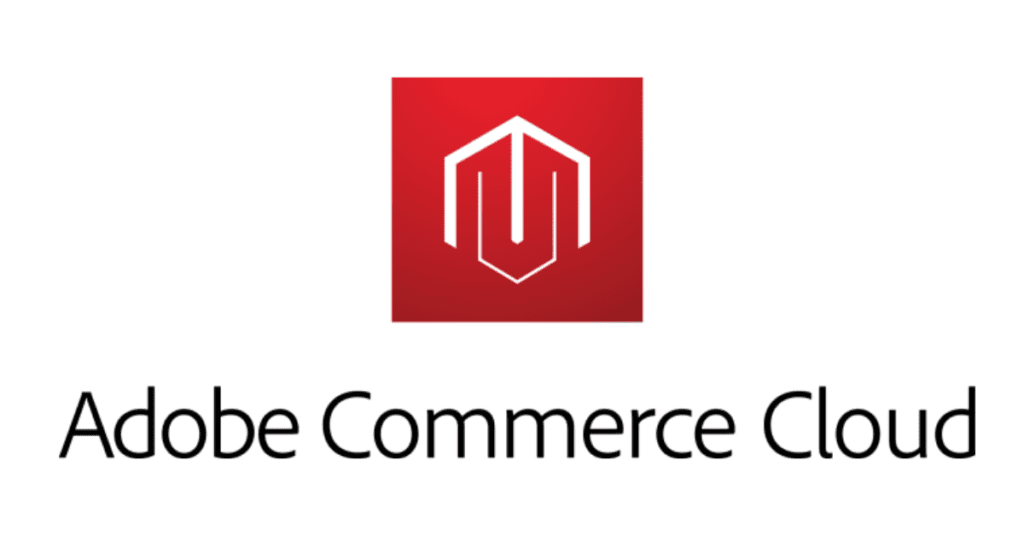
Shopify Plus
Shopify Plus launches as a top option for headless ecommerce by Shopify. This platform, known for its simplicity and ease of use, provides scalable solutions for expanding businesses. Shopify Plus’s comprehensive APIs allow for simple integration with any front-end technology. Its treasure chest is brimming with a wide marketplace of apps that bring more functionality to your e-commerce journey.

Spree
Spree is an open-source platform that allows you to go on a headless ecommerce journey. It provides versatility and customizability, allowing you to improve your e-commerce experience. With Spree, you may use its APIs to create distinctive front-end experiences and venture into unexplored creative areas.
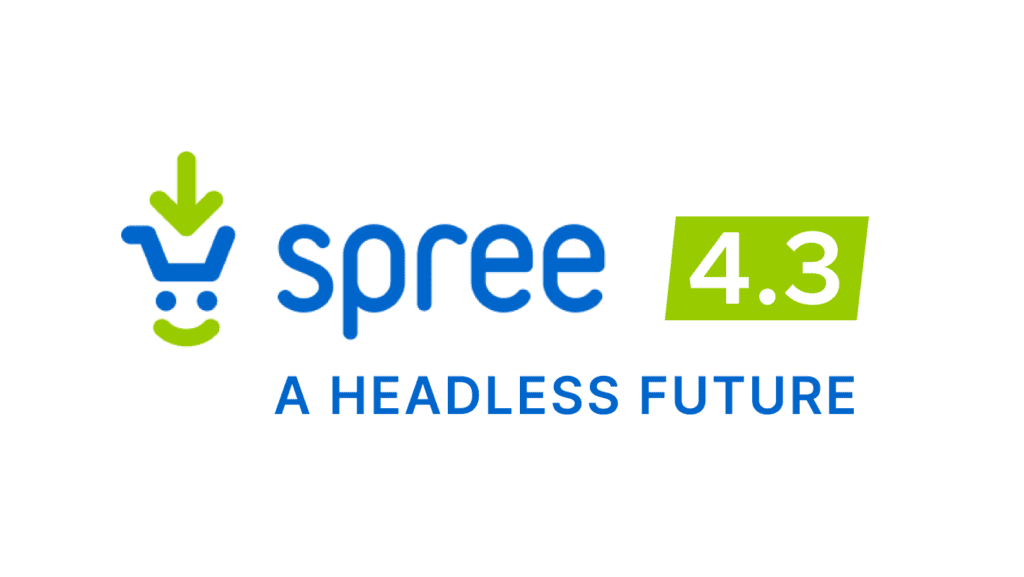
Big Commerce
Big Commerce is another reputable headless ecommerce platform. Its rich API capabilities and developer-friendly environment provide a seamless connection between front-end and back-end systems. Big Commerce’s treasure chest offers capabilities like multi-channel selling, scalability, and many built-in functionalities to help you traverse your commerce journey.

Oro
With its feature-rich platform, Oro Commerce invites you on a headless commerce journey. This adaptable and scalable solution is intended for B2B companies. Oro Commerce offers extensive APIs that enable easy integration with any front-end technology. Set sail with Oro to discover a treasure trove of B2B trade options.
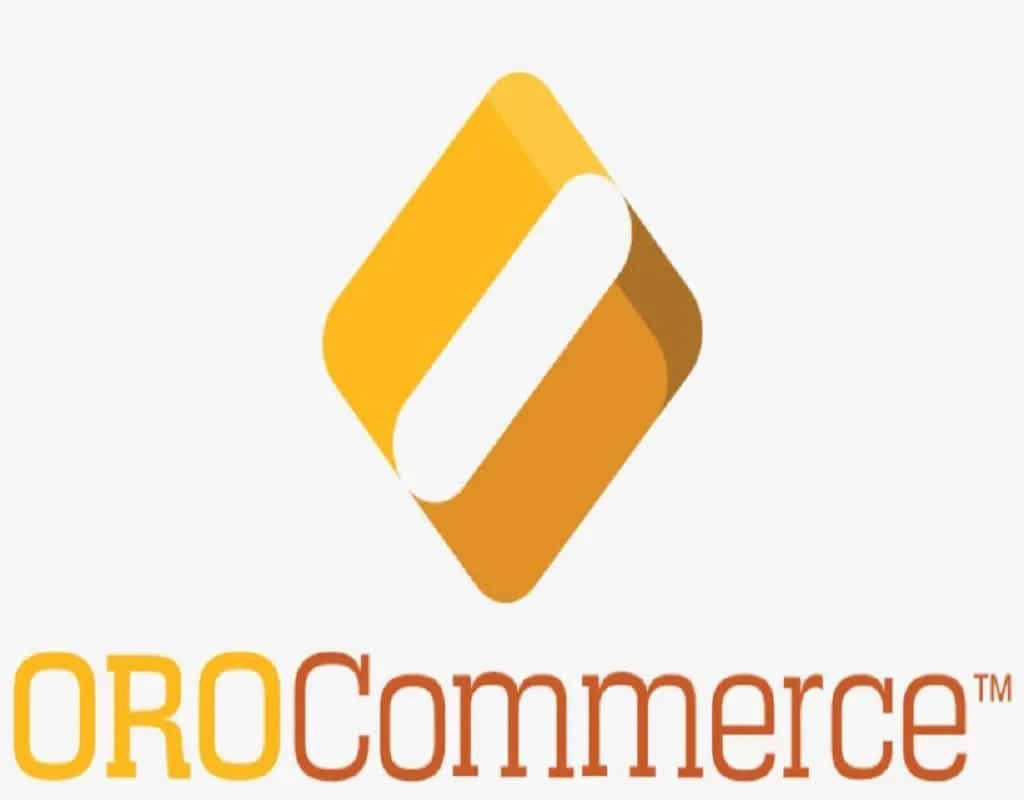
Ready to Start Headless Commerce?
Headless commerce gives businesses the flexibility, speed, and scalability they need to provide amazing user experiences while fulfilling their specific business goals and requirements. When choosing the best platform for headless ecommerce, consider your specific needs, scalability requirements, and desired level of customization. Contact Shopsmith for top-class and budget-friendly headless e-commerce development services.
FAQs
Is headless commerce suitable for all types of businesses?
It is not appropriate for every business. It has advantages like customization and scalability but requires technical expertise and resources. Small firms with limited skills and well-established front-end systems may not need it, whereas larger enterprises and those prioritizing omnichannel experiences may benefit from a headless architecture. Before opting for going headless, consider your individual needs and resources.
What are some brands that use headless commerce?
Some brands that use headless ecommerce include Nike, Coca-Cola, Tesla, Nestle, and Sephora.



